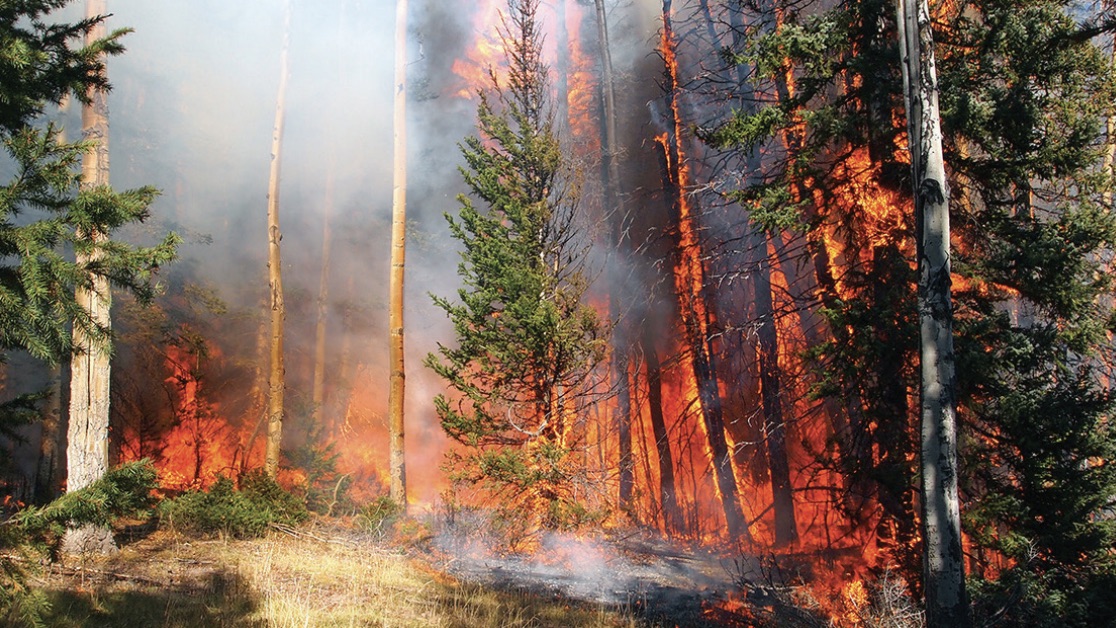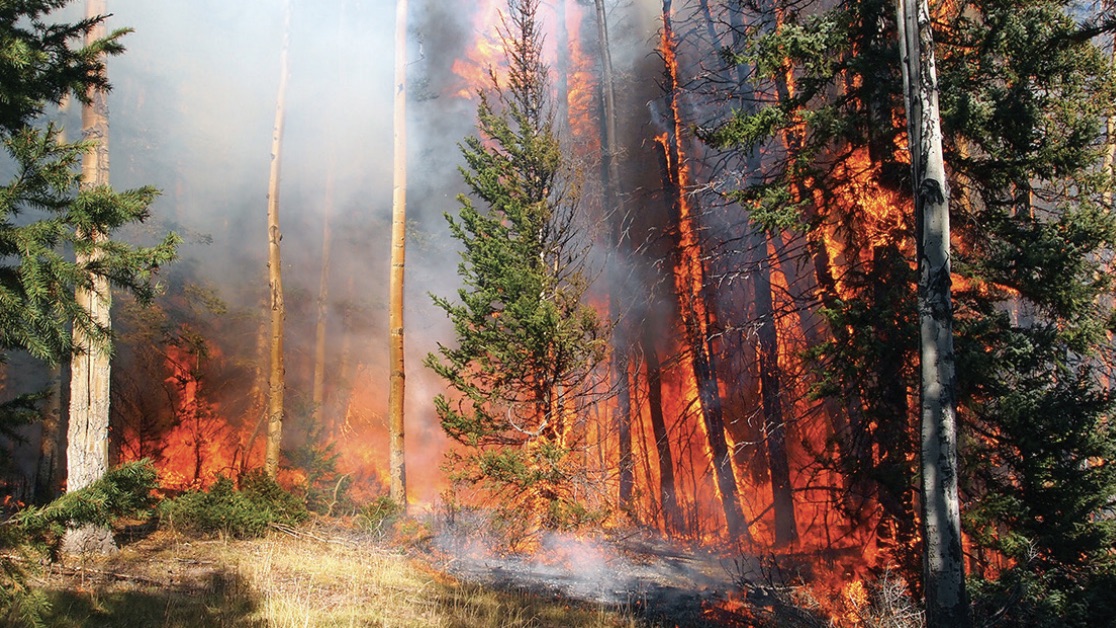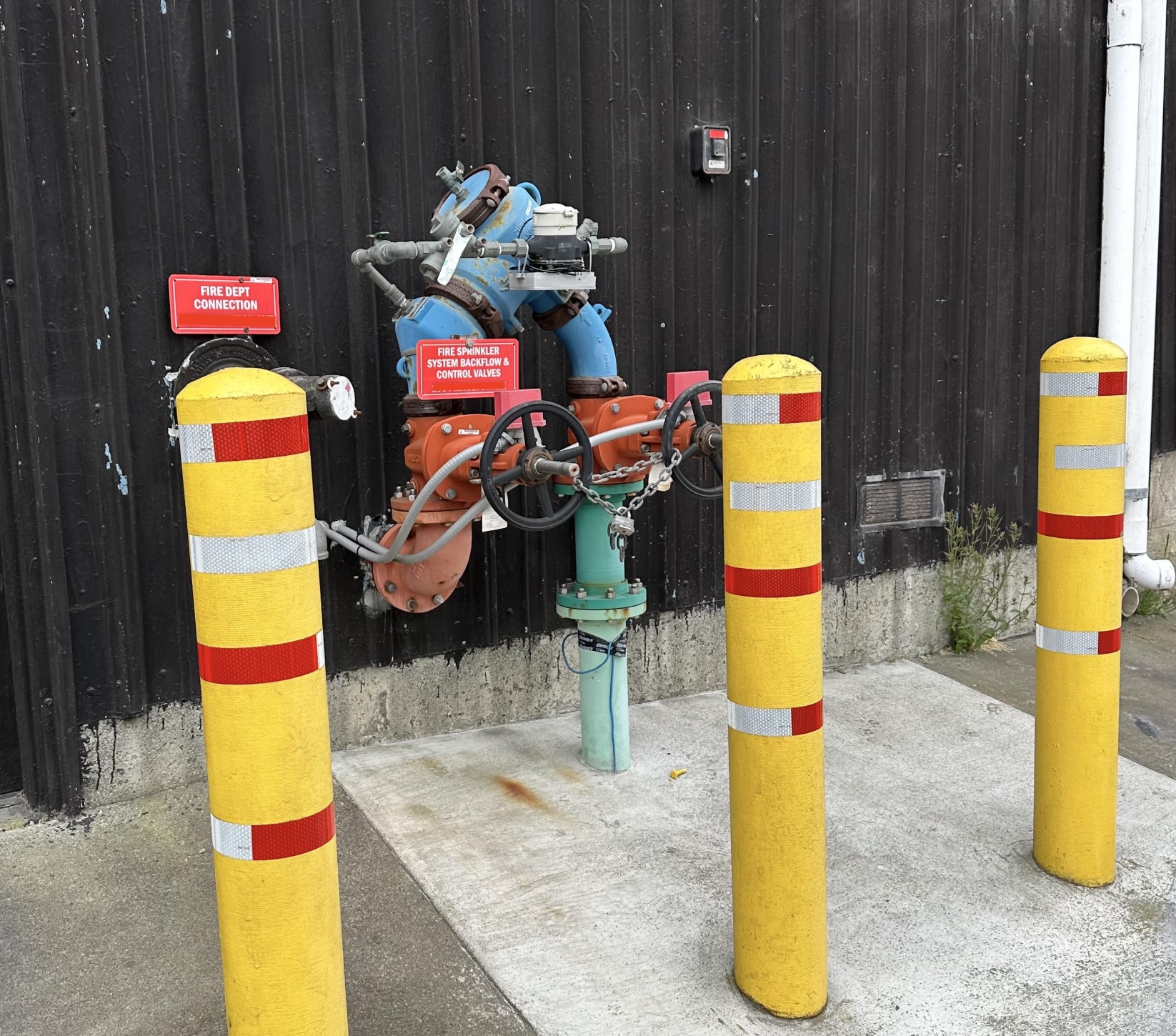|
Getting your Trinity Audio player ready...
|
VIDEO. The California Council on Science and Technology presents a very detailed and high level presentation on the cost of fires in California.
Complete Executive Summary for the “The Costs of Wildfire in California” ~ An Independent Review of Scientific and Technical Information
Other topics discussed:
California Council on Science & Technology (CCST)
This report, undertaken by CCST and made possible with support from the Gordon and Betty Moore Foundation, summarizes the state of knowledge regarding wildfire losses and their associated costs across key sectors. It challenges the assumptions underlying current fire management policies and proposes a novel framework for understanding the total cost of wildfire in California.
The results of this study suggest opportunities for policymakers to improve the effectiveness of wildfire management in California by enabling regional approaches, increasing investments in mitigation and resilience strategies, and accounting for the cumulative public health impacts of exposure to multiple fire events—including the interacting effects of wildfire smoke and COVID-19. In delivering a comprehensive framework to assess wildfire costs in California, the study finds that a full statewide calculation of wildfire costs is not possible with currently available data. Furthermore, the study finds that the costs associated with unquantified categories of loss (e.g., health impacts, loss of ecosystem services) likely exceed the reported costs. A more accurate accounting may result in more than double the currently reported costs.
Executive Summary (beginning)
California’s 2020 fire season, still underway in late October as we go to press, has been a clarion call for the State. Although wildfires are a natural and integral part of California’s landscape, the record-breaking losses of the past several years have illustrated the increasing destruction and complexity of fire disasters, and have highlighted tensions between short-term responses focused on firefighting and longer-term strategies required to strengthen mitigation and resilience. Absent a reorientation of California’s approach to wildfire, these alarming trends are likely to worsen. However, there are important steps California can take as a state to minimize the destructiveness of wildfires and their attendant costs.
This report, undertaken by the California Council on Science and Technology (CCST) and funded by the Gordon and Betty Moore Foundation, challenges the assumptions underlying current fire management policies and proposes a novel framework for understanding the total cost of wildfire in California. The results of this study suggest opportunities for policy makers to improve the effectiveness of wildfire management in California by enabling regional approaches, increasing investments in mitigation and resilience strategies, and accounting for the cumulative public health impacts of exposure to multiple fire events.
This report summarizes the state of knowledge regarding wildfire losses and their associated costs across key sectors. It highlights both known costs of wildfire and where research suggests the State should be concerned, but data are inadequate to fully estimate the costs of societal losses. Accurately quantifying societal losses will require substantial additional data collection and research in a number of disciplines. The costs of wildfires may be cumulative (e.g., accruing over time and multiple fire events), indirect (e.g., via impacts of smoke exposure on health or post-fire water quality), and difficult to quantify.
“A key finding from this study is that a comprehensive statewide calculation of wildfire costs is not possible with currently available data.”
A key finding from this study is that a comprehensive statewide calculation of wildfire costs is not possible with currently available data. Moreover, the costs associated with unquantified categories of loss (e.g., health impacts, loss of ecosystem services) may likely exceed the reported costs. For example, federal and State firefighting expenditures exceed $3 billion per year; utility wildfire prevention and mitigation costs are approximately $5 billion per year; whereas the insured property losses in three out of the past four years have exceeded $10 billion per year. Evidence suggests health impacts due to wildfire smoke represent a substantial portion of the total costs to the State, and that there are impacts from the interaction of wildfire smoke and COVID-19. Yet these additional billions of dollars in costs due to wildfire smoke impacts are not consistently tracked or factored into policy planning.







